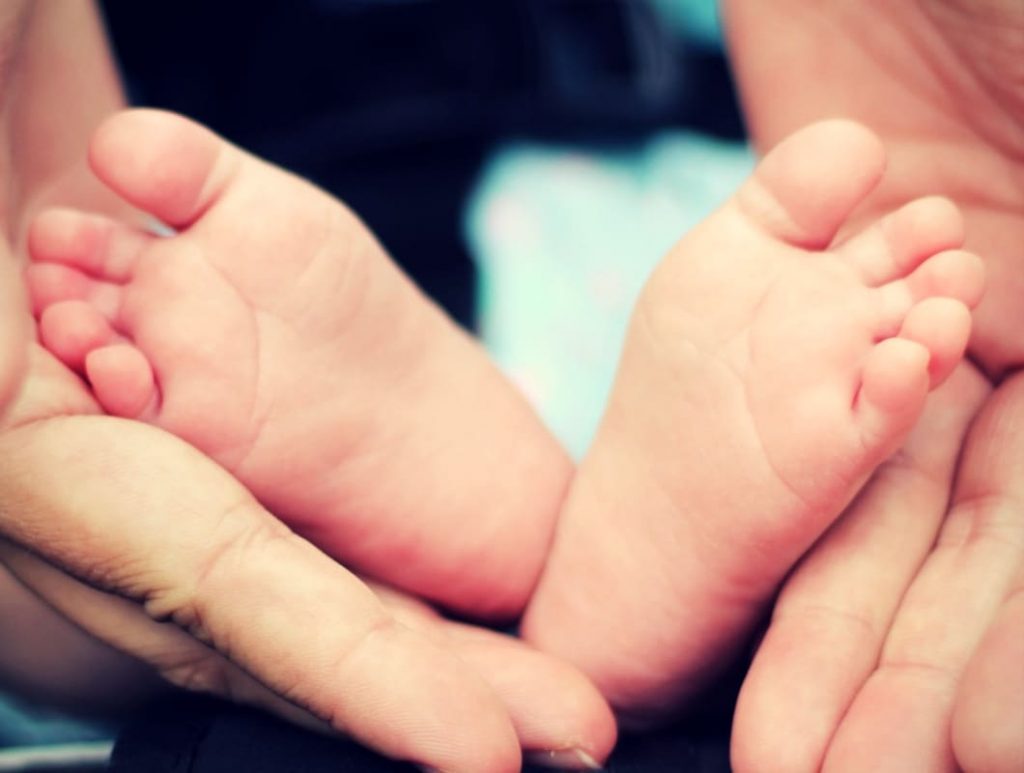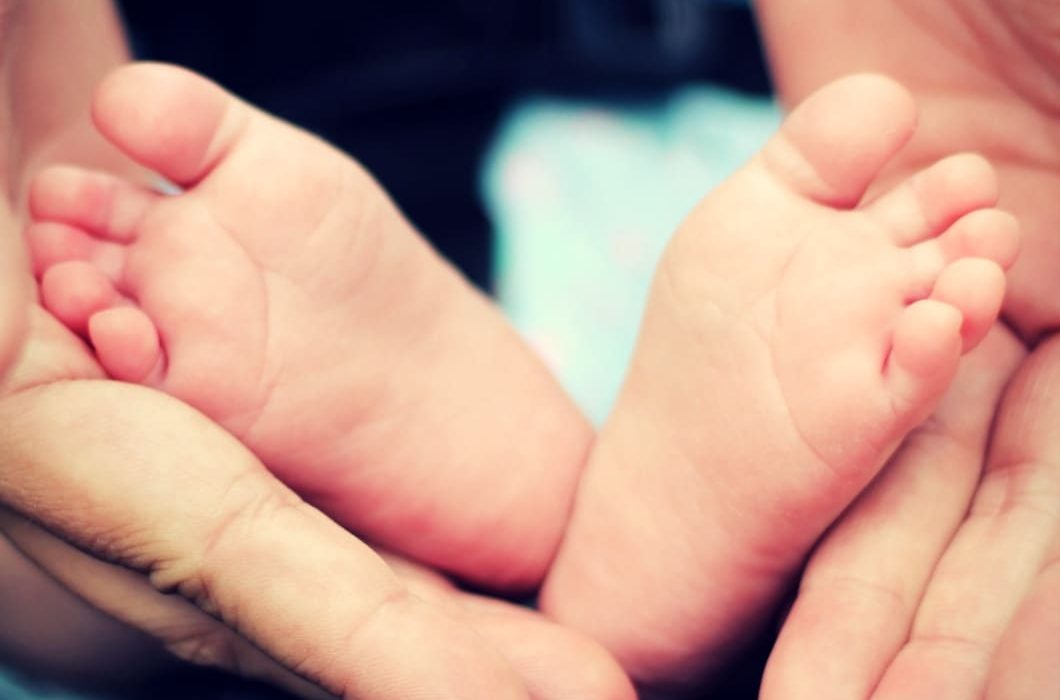The ritual is used to mark the covenant’s chosen people and remove impediments to the flow semen. Jesus was circumcised the eighth day according to the Gospel of Luke. Even though it is no longer practiced by many Jewish groups, the tradition is still alive today. Regardless of the prevailing views, the ritual remains an important and traditional part of Jewish life.
A boy is in less than one minute by a support group. After the ritual is completed, the boy and his family travel together to a river that never runs dry. The Ewaso Nyiro river is the lifeline in this semi-arid region. The boys dance and sing to celebrate the arrival of water. The boys then gather the milk from the family’s cows, which is mixed with the blood of the cow’s jugular vein. The ritual is followed by a Jewish circumcision prayer and kiddish, a prayer to drink wine. Singing a song signifies the return to water. The boy’s Hebrew name is given by his parents after he has been circumcised.
The honor is given to a mother to read the “birkath’gomel”, a prayer that thanks God for a healthy baby. The ceremony ends with a celebration and toast to the newly-crowned infant. The mohel says a prayer for the child and gives him a Hebrew Name. The father then drinks some wine and saves the rest. Traditionally, the mother did not participate in the circumcision ceremony. However many mothers now wish to witness the ceremony so that their child can be included in their lives. The family is expected to share some of any milk collected. The ceremony is a joyous one for all concerned. The ritual of melbourne circumcision was performed by a Jewish physician, or medicine man, usually at the boy’s home.
The ceremony will only be performed if the father and mohel are present. Other family members can be included. The ceremony of circumcision is not permitted to be performed by the baby’s mom. This is the reason why the mother is not invited to the ceremony. During the ceremony, the mohel must be present. The mohel will recite a special prayer to the baby. The mother will also receive new sandals made of ox skin. The mohel gives the baby Hebrew name. This is also the name of his parents. The mohel will then give the baby a new name. The father will drink some of the wine, while the mother will keep the rest.
Although traditionally, the mother was not allowed at the circumcision ceremony, many mothers are now allowed to witness it. The ritual is an important part their culture and they should not hinder their children’s progress. A mohel refers to a person who is religiously ordained. He will use his scalpel in order to cut the child’s head. The mohel will have a small amount of the wine, while his mother will keep the rest. The mother cannot attend the circumcision ceremony. She will however be present in the next days to help her son heal. While most mothers will choose to attend circumcision, it is not mandatory.
Before the circumcision, the boy will be given new sandals made of ox skin and will travel to the water source that never dries. This river is the lifeblood of this semi-arid area, and is used for the family’s livelihood. Although traditionally, the mother was not permitted to participate in the circumcision, many mothers now allow their children to do so. It is important that the mother attends at least one part of the ceremony to learn the rituals, rules and customs. After the circumcision, the boy will be given new sandals made of ox skin. He will also be taken directly to the water source. The water never dries. The boy will be named once he is circumcised. The lorora refers to the place where the cows are kept by the family. The boy collects water during the ceremony and mixes the milk with it. The ritual ends with the father enjoying a portion of the wine.

